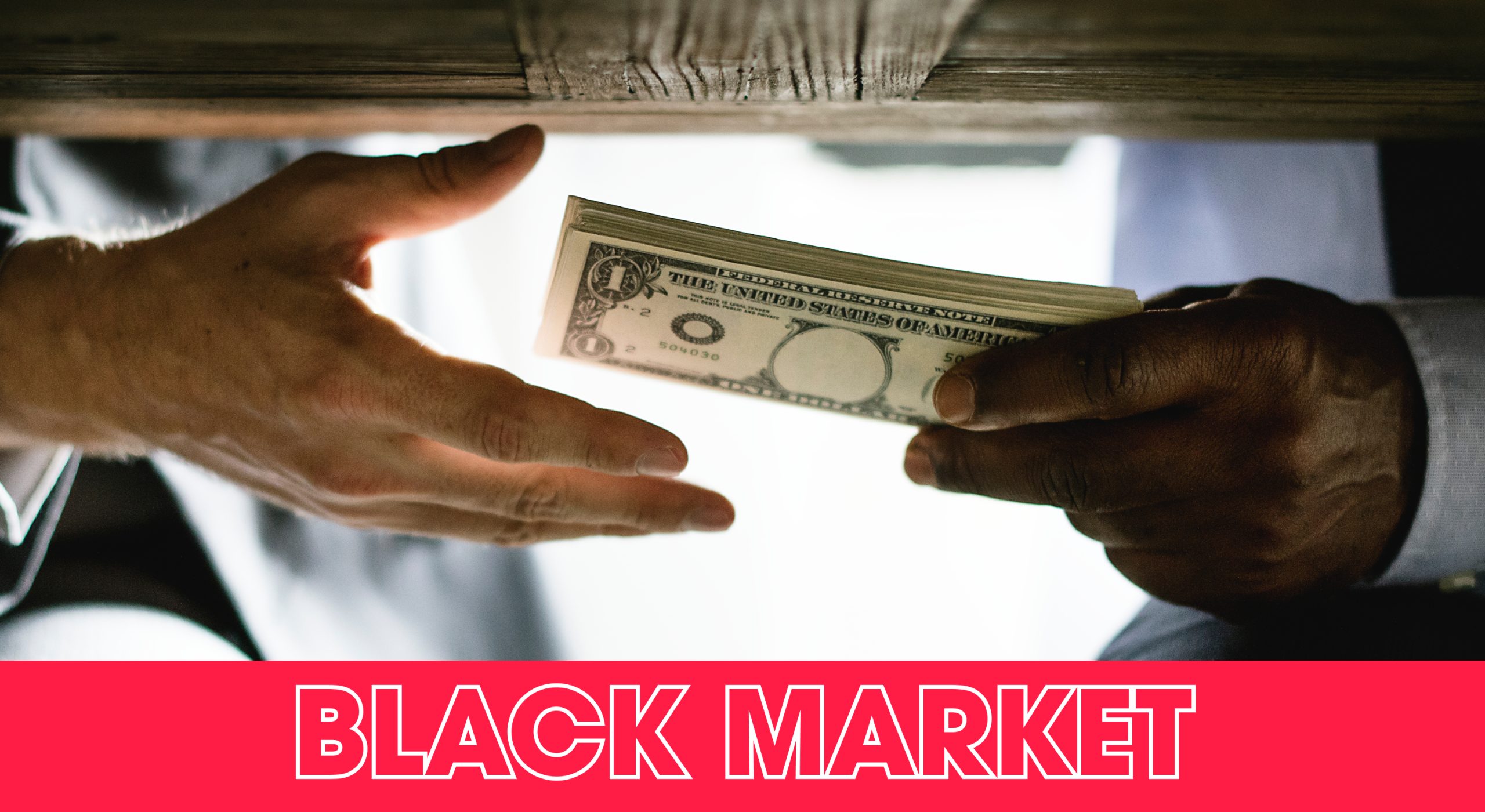We’re starting the week with a confession: we’ve got our eyes on other Amazon newsletters’ readers. 👀
But only if they’re eyeing ours right back.
If you’ve got a newsletter our readers would devour, let’s talk link swaps.
Hit reply and let’s make it happen.
- Amazon's feedback shake-up has sellers fuming 💥
- $504M shows luxury buyers playing it smart 💎
- Keep more profit from every Amazon sale 🧮
- Get Looped In and take the chaos out of ecommerce accounting ✉️

HOT TOPIC
Ever been graded without knowing what you did wrong… or right?
Last week, Amazon axed the written feedback requirement, switching seller reviews to star-only ratings.
Amazon says they’re “making it easier” for customers to rate you—though maybe a little too easy for sellers’ liking.
One frustrated seller lit up the seller forums, and the thread turned into a full-on roast of the policy.
💥 Why sellers aren’t buying it
This isn’t just a “minor update,” it’s stripping away the one shred of transparency sellers had.
And the fallout could be brutal:
- FBA sellers take the fall for Amazon’s mistakes. Late shipments, crushed boxes, or warehouse mishandling? Still your problem, even if you never touched the product.
- No text means no fix. Without context, you’ll never know if that 1-star was for product quality, buyer confusion, or a cat stepping on the keyboard.
- Disputes get buried. No written feedback means no ammo to appeal an unfair rating.
- Pointless for FBA orders. Amazon controls the entire fulfillment chain, yet the seller score still takes the hit.
To clarify, Amazon representatives said customers have to pick a reason before submitting ratings under four stars.
🥵 The bigger picture
Sellers see this as another notch in Amazon’s long game of outsourcing blame while tightening performance metrics.
Pair that with ballooning fees, harsher rules, and shrinking ad margins, and it’s starting to feel like a slow squeeze on smaller accounts, the kind that ends with them gone.
Read the full thread here:

BITES OF THE WEEK
- Et Tu, Egypt: Egypt gave TikTok a 3-month ultimatum, conform to stricter regulations or leave.
- On and Off: Omnichannel strategies are bridging the gap between online and offline retail, combining the pros.
- Prime All Year: Keep attracting Prime members the whole year round by offering Prime Exclusive Deals beyond sales days.
- Resource Replay: Here's a quick recap of all the top forum content for July.

SOCIAL PULSE
The $504M proof that shoppers are getting smarter

Luxury Recommerce leader The RealReal just scored its biggest quarter ever—$504M in resale sales, up 14% YoY.
According to PYMNTS, tariffs, inflation, and a healthy dose of economic anxiety are pushing even high-income shoppers toward secondhand luxury goods.
🛍️ Pre-owned is the new "just dropped"
This isn’t a one-off tariff boost, it’s a legit consumer shift, especially for Gen Z and millennials. They’re:
- Hunting for deals without sacrificing brand prestige.
- Treating resale platforms as both a shopping destination and a side hustle.
- Dropping $581 on average (+8% YoY) when it’s authenticated and still cheaper than retail.
💡 Seller tip: Economic uncertainty is reshaping buying habits across categories.
Consumers still want premium—but they’re choosier about value, timing, and sourcing. Sellers who frame their products as “smart buys” will ride the wave, even if the tide turns on spending.

CASH CORNER
5 ways to keep more of what you sell on Amazon

Too many sellers fall in love with a “winning” product… until Amazon fees, taxes, and storage costs quietly devour their profits. Avoiding this trap means knowing how to calculate your FBA profit accurately.
Seller Assistant has listed 5 tips to help you do just that:
- Scan in bulk. If you’re sourcing wholesale catalogs, don’t waste time on manual checks.
- Tip: Use bulk tools to scan hundreds (or thousands) of SKUs and spot the winners fast.
- Deep-dive the promising ones. For online arbitrage, dropshippers, or wholesale sellers validating bulk results, individual product analysis is non-negotiable. 🔍
- Tip: One product at a time might be slower, but it’s how you catch the margin killers.
- Count every fee. Referral, storage, inbound placement, prep, fulfillment… Amazon’s fee list is longer than a Prime Day checkout line.
- Tip: Leave one out, and your “profit” can vanish instantly.
- Don’t skip taxes. Sales tax (U.S.) or VAT (international) can wreck your margins if you ignore them. 📜
- Tip: Always factor them in before you place the order.
- Know your break-even. Your break-even price is the minimum you can sell without losing money.
- Tip: Skip this, and you could be selling at a loss without even realizing it.
The market is getting leaner, fees are creeping higher, and buyers are savvier.
Sellers who survive aren’t the ones chasing every shiny ASIN, they’re the ones who master their numbers and adapt their pricing before the competition does. 😉








